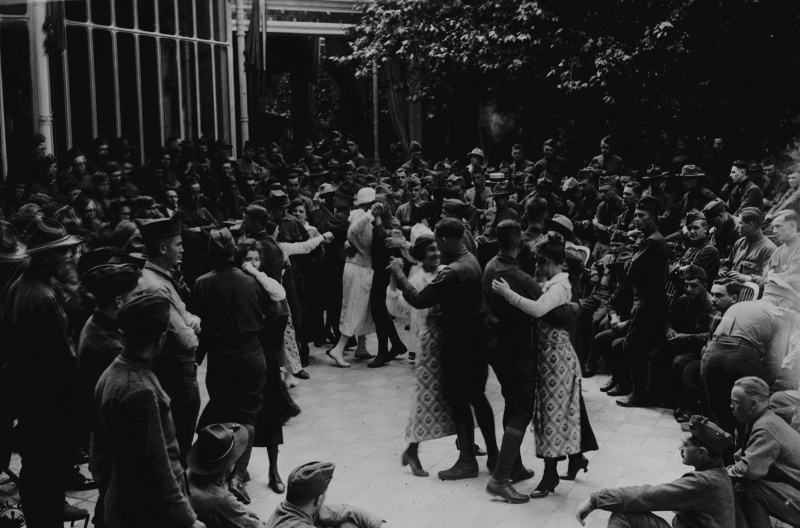
Cleveland Health Commissioner announced the lifting of the city’s closure order and gathering ban due to pandemic
On Nov. 10, 1918, Cleveland Health Commissioner Dr. Harry L. Rockwood announced the lifting of the city’s closure order and gathering ban effective Nov. 11, 1918, with schools reopening Nov. 13.
Clevelanders were excited to once again head downtown for evening entertainment. Musicians and actors were happy to be employed once again, and owners and proprietors were thrilled to be back in business as theaters, boxing rings, stadiums, and ballparks opened to capacity crowds.
Influenza had exacted a heavy toll on Cleveland. Between late-September and the end of the year, 23,644 residents fell ill with the disease, with nearly 1,600 developing pneumonia. Over 3,600 people died of either influenza or pneumonia that autumn. An additional 800 deaths occurred in January and February 1919. The result was a total excess death rate of 474 per 100,000, the highest in Ohio, and worse than either New York City or Chicago.
Tags:
Source: Influenza Encyclopedia
Credit: Photos: Courtesy University of Michigan Center for the History of Medicine.
